Neobank Rewards Calculator
Compare Your Rewards
See if your neobank rewards program saves or costs you money based on your monthly spending habits
Your Spending
Neobank Selection
Monzo Pro
2% on groceries & dining (max $3,000/month)
$10/month fee
Chime
0.5%-1.5% via app deals
No monthly fee
Revolut
Weekly variable cashback (1-5%)
No monthly fee
N26 Metal
1% cashback + benefits
$16.90/month fee
Discover
1% cashback (free)
No fee
Results
Important Note
Neobanks aren’t just digital banks anymore-they’re reward engines
Why do millions of people switch from traditional banks to apps like Revolut, Chime, or Monzo? It’s not just the slick interface or instant notifications. It’s the money they get back-for buying groceries, eating out, or even streaming Netflix. In 2025, neobank rewards aren’t a perk. They’re the main reason people choose one app over another.
Forget the old idea that banks just hold your money and charge fees. Today’s neobanks make money by partnering with stores, tracking your spending, and giving you cash back. It sounds simple. But the details? That’s where things get smart-and sometimes tricky.
Cashback isn’t one-size-fits-all
Not all cashback is created equal. Some apps give you 1% on everything. Others only pay out on specific categories, and only if you spend a certain amount.
Monzo Pro offers 2% cashback-but only on groceries and dining. And it caps at $3,000 in monthly spending. That means if you spend $4,000 on food and groceries, you only earn 2% on the first $3,000. You walk away with $60. If you spend $2,000, you get $40. Simple math. But here’s the catch: you have to pay $10 a month for Monzo Pro. So you need to spend at least $500 a month just on groceries and restaurants to break even. If you eat out less than that? You’re losing money.
Chime’s cashback works differently. No monthly fee. Instead, you get 0.5% to 1.5% back on purchases-but only through in-app deals. You have to actively pick offers. Buy coffee at Starbucks? There’s a 1% cashback deal. Order groceries from Kroger? Another deal. It’s like shopping with coupons, but automated. The catch? You have to remember to turn them on. Most users miss out because they don’t check the app often enough.
Revolut is the wildcard. It doesn’t lock you into one rate. Instead, it runs weekly promotions. One week, you get 5% back on Uber rides. The next, 3% on Amazon. The average user earns 1-3% across the month. It’s unpredictable, but if you plan around the deals, you can do better than fixed-rate apps. Revolut’s system processes 85% of cashback instantly. The rest takes a few days to verify with the merchant. That’s faster than most banks.
Partnerships are where the real value hides
The best neobank rewards don’t come from the bank-they come from the stores they team up with.
Monzo’s ‘Perks’ program lets you get discounts on everything from gym memberships to meal kits. But here’s the twist: Monzo doesn’t pay the store. The store pays Monzo only when you actually use the discount. That means Monzo takes almost no risk. And you get real savings without paying extra.
N26 Metal doesn’t just give you 1% cashback. It bundles in travel insurance, airport lounge access, and phone protection. All for $16.90 a month. But to make that worth it, you need to spend $1,690 a month. That’s a lot. Most users don’t hit that number. Only 31% of N26 Metal subscribers actually break even, according to Currency Alliance’s 2025 report.
Starling Bank partners with Uber and Deliveroo. If you use those services often, you get cashback automatically. No app switching. No deals to toggle. Just spend, and get paid back. But if you don’t use ride-hailing or food delivery? Those partnerships mean nothing to you.
Discover is the only major U.S. neobank offering 1% cashback on its debit card-no subscription, no strings. And in July 2025, they bumped it to 2% on streaming services like Netflix and Hulu. That’s rare. Most banks charge for cashback. Discover makes it free. And it’s why 63% of users in CoinCodex’s 2026 survey say they value simplicity over maximum returns.
Loyalty points? They’re a trap for most people
Nubank and Flyp use points instead of cash. You earn points for every dollar spent. Then you convert them to cash, gift cards, or discounts. Sounds good, right?
Here’s the problem: it’s slow. Nubank takes 3 to 5 business days to convert points. That’s longer than your bank takes to clear a check. And you need to hit a minimum threshold-usually 5,000 points-before you can cash out. That’s $500 in spending. If you don’t spend much, you’ll never reach it.
Flyp added gamification. You unlock levels by hitting spending goals. Hit 10 transactions in a week? Get a bonus 50 points. Pay your rent on time? Extra points. It works. Flyp saw a 41% jump in user engagement within six months. But for people who just want cash back? It feels like homework.
Most users don’t optimize points systems. They forget. They miss deadlines. They end up with unused points that expire. Cashback is immediate. Points are a gamble.
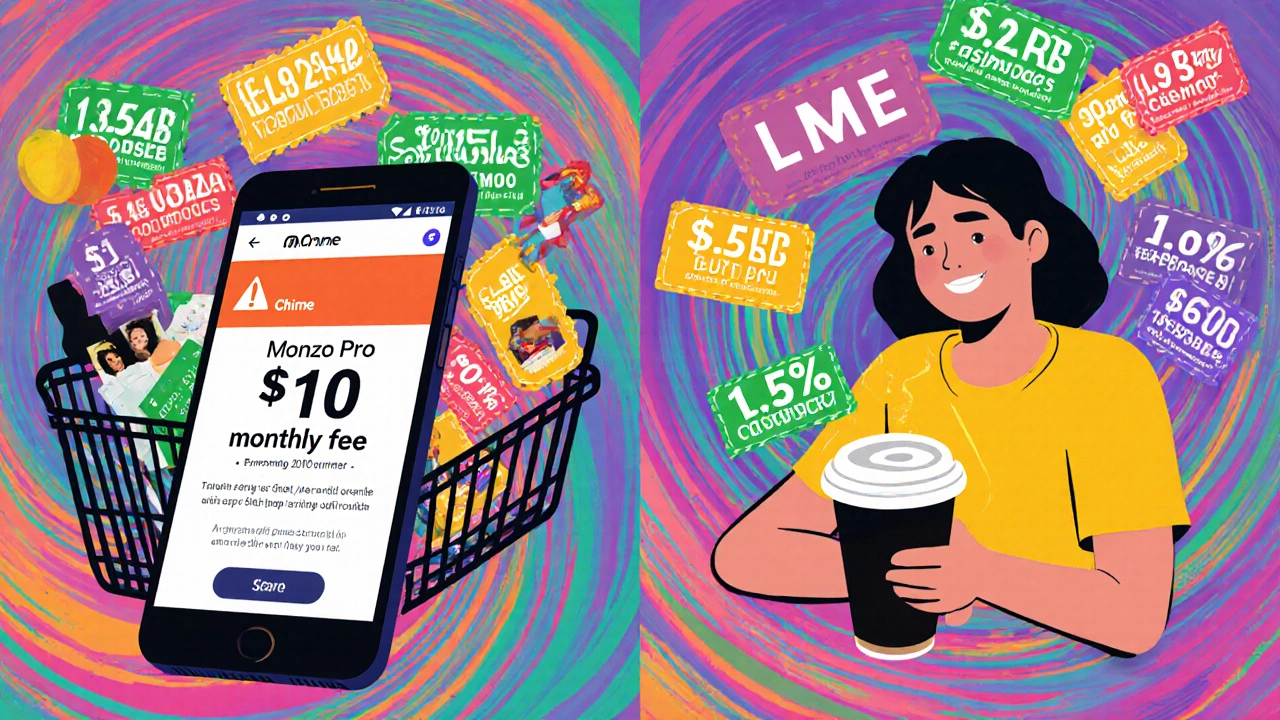
Who actually benefits from these programs?
Not everyone. The math only works if you spend a lot-or spend smart.
People who earn the most from neobank rewards are usually:
- 25 to 44 years old
- Make over $75,000 a year
- Use their debit card for daily spending (groceries, gas, dining, subscriptions)
- Check their app weekly for deals
That’s 68% of all rewards users, according to J.D. Power’s 2025 study. If you’re not in that group, you’re probably paying more in fees than you earn in cashback.
Take N26 Metal. $16.90 a month is $203 a year. You need $1,690 in monthly spending to earn $16.90 back. That’s $20,280 a year. If you’re spending that much on your card, you’re probably better off with a traditional credit card that offers 2% flat cashback without a fee.
Chime’s SpotMe feature gives you up to $200 in early direct deposits. It’s not cashback. It’s an advance. And the CFPB flagged it as a short-term credit product in May 2024. That means they’re watching. If the rules change, you could start getting fees.
What’s next? Gamification, AI, and deeper integrations
Neobanks aren’t slowing down. By 2026, 73% plan to use behavior-based rewards-like bonuses for saving money, paying bills on time, or avoiding overdrafts.
Revolut’s new ‘Rewards+’ system uses AI to adjust cashback rates based on your spending habits. If you always buy coffee at 8 a.m., you might get 3% back on that purchase every day. If you never use your card for gas? You won’t see any gas rewards.
Monzo is partnering with Sainsbury’s, a UK grocery chain, to offer tiered rewards: 1.5% base, 2.5% if you’re a loyalty member. That’s the future-deep integrations with retailers, not just payment processors.
And then there’s Zions Bank’s ‘Pays for A’s’ program-giving students $10 for every A grade. It’s controversial. Currency Alliance calls it innovative. Consumer Reports says it creates dependency. Either way, it shows neobanks are testing rewards beyond spending.
Watch out for these traps
- Subscription fees: If you don’t spend enough, you’re losing money. Monzo Pro needs $500/month just to break even.
- Geographic limits: Revolut’s best cashback only works in 28 European countries. If you travel or live abroad, check the fine print.
- Delayed payouts: Starling users complain about 7-14 day delays on marketplace cashback. That’s not instant.
- Complex redemption: Nubank’s points system takes 5+ days. If you need cash fast, it won’t help.
- Category caps: Monzo’s 2% only applies to dining and groceries. Not gas, not bills, not Amazon.
The biggest mistake? Signing up for a rewards program without tracking your spending. If you don’t know how much you spend on eligible categories, you can’t tell if it’s worth it.
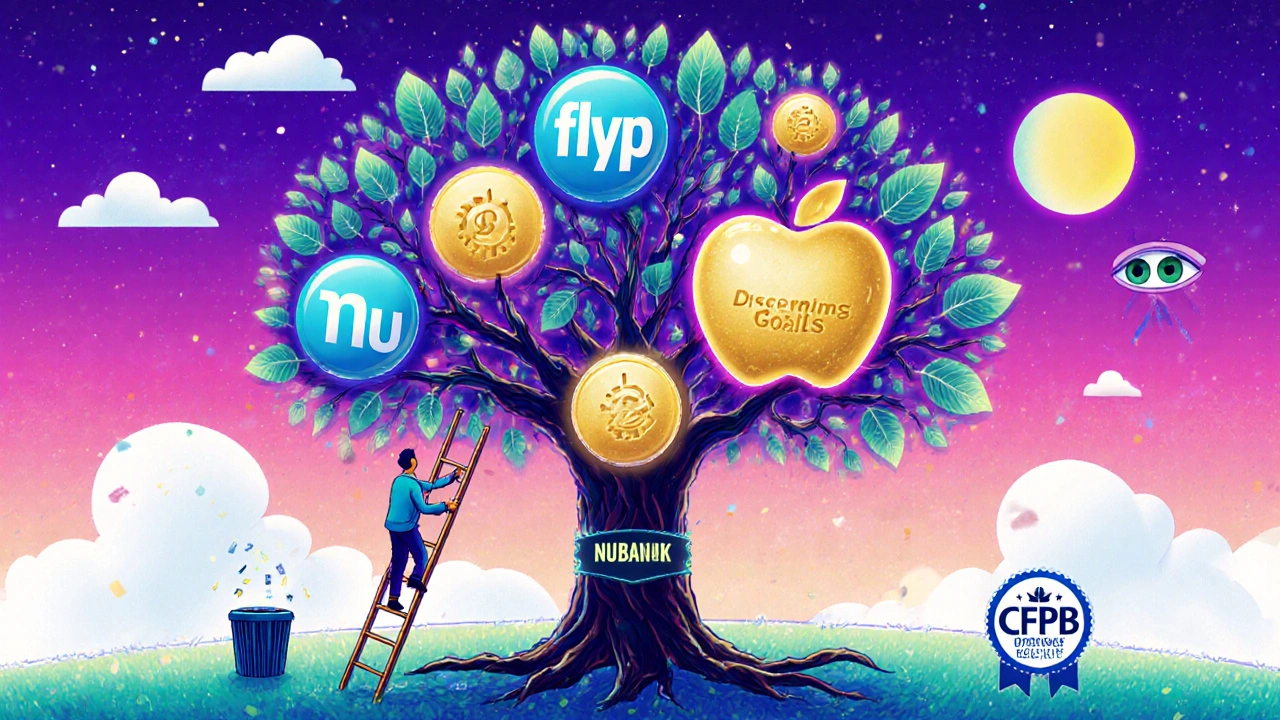
How to pick the right one
Ask yourself three questions:
- Do I spend at least $500 a month on groceries, dining, or gas?
- Am I willing to pay a monthly fee to get cashback?
- Do I check my app often enough to catch deals?
If you answered yes to all three, try Monzo Pro or Revolut. If you answered no to any of them, stick with Chime or Discover. No fee. No hassle. Just cash back when you spend.
Don’t chase the highest rate. Chase the simplest one that fits your life.
Security and trust
Neobanks use 256-bit encryption-same as big banks. But reward programs add extra layers. Nubank requires two-factor authentication just to redeem points. That cut fraud by 78% in 2024.
Revolut has the best support: 92% of reward questions are solved on the first try. Newer apps like Flyp struggle at 68%. If you run into issues, support matters more than cashback rate.
Bottom line: Rewards are powerful-but only if you use them right
Neobank rewards aren’t magic. They’re math. And they’re designed to make you spend more. But if you’re already spending, why not get paid back?
Use the app that matches your habits. Don’t pay for features you won’t use. And always check the fine print. The best rewards aren’t the ones with the highest percentages-they’re the ones you actually get.
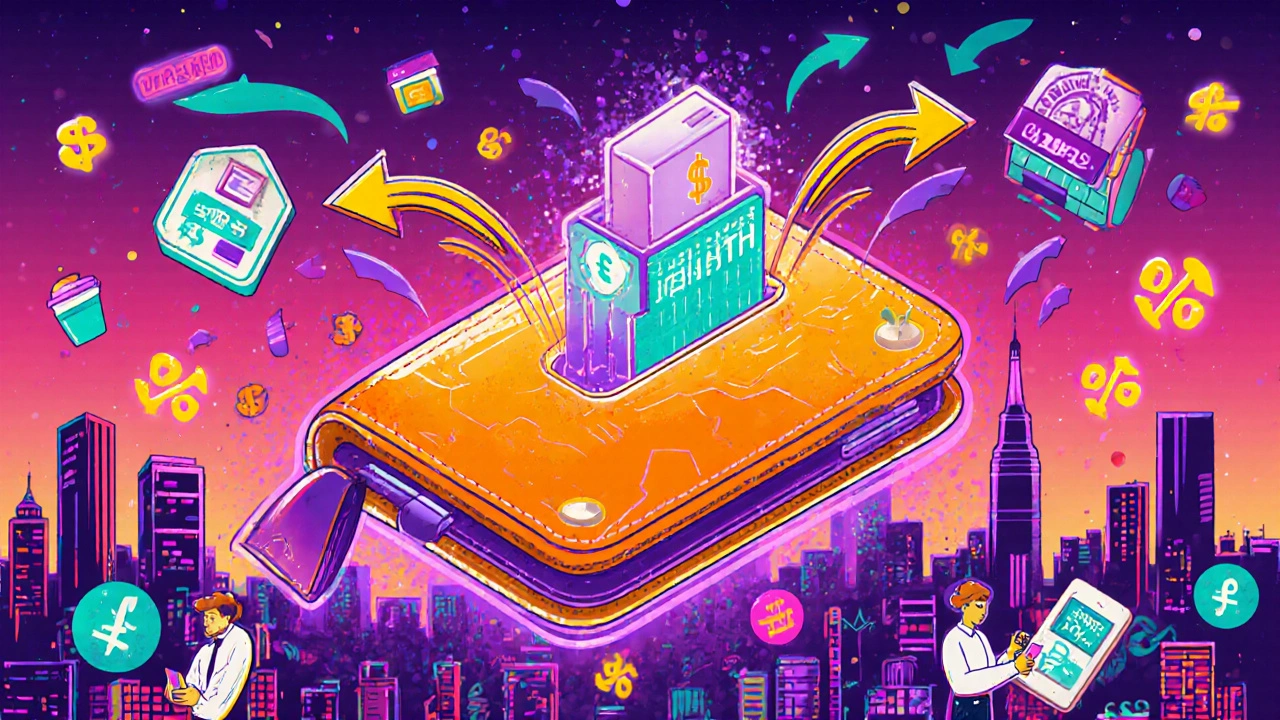
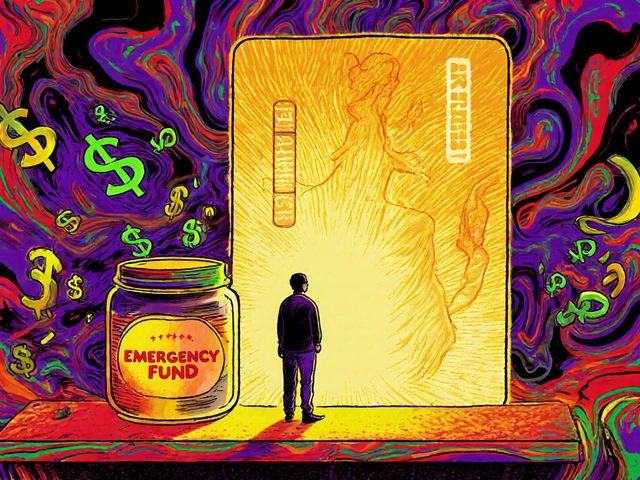
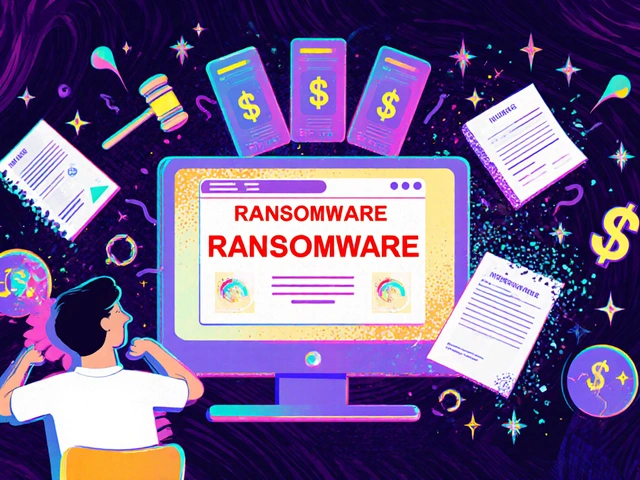

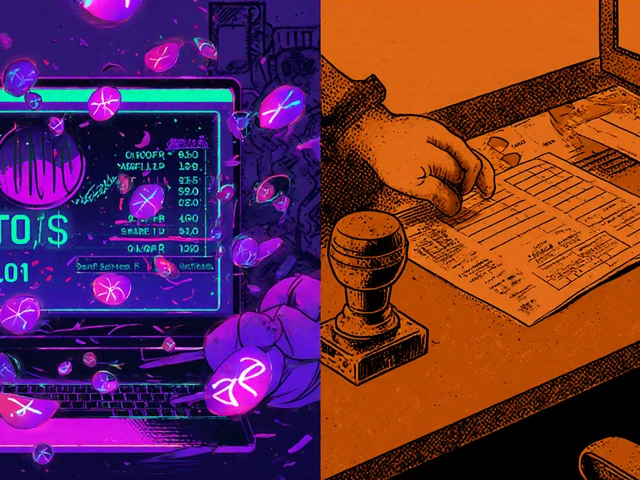

Comments
I use Revolut and barely check it... but somehow I still got $22 back last month just from Uber and coffee. 😅 Maybe I'm lucky, or maybe the AI is whispering deals to me while I sleep.
The biggest trap isn't the fee-it's the illusion that you're 'getting money back' when you're just spending more to qualify. I used to chase Chime deals until I realized I was buying stuff I didn't need just to hit 1.5%. Now I use Discover. No stress. No toggles. Just 2% on Netflix. Pure, dumb, beautiful simplicity.
Okay but let’s be real-Monzo Pro is only worth it if you’re a foodie with a side hustle. I’m a 32-year-old mom who buys groceries and pays for daycare with my card. I hit that $3k cap easy. $60 back? Hell yes. But I also track every penny. If you’re not checking your app like it’s Tinder, you’re leaving cash on the table. And don’t even get me started on N26 Metal-$16.90/month for lounge access? Bro, I’ve never been to a lounge. I’ve been to a Target parking lot at 2 a.m. with a crying toddler. That’s my luxury.
This entire article is a masterclass in financial sleight of hand. Neobanks aren’t rewarding you-they’re gamifying consumerism into a Skinner box. You think you’re getting cashback? No. You’re being monetized. Your spending data is worth more than your 1% return. Revolut’s AI adjusts rates based on your habits? That’s not personalization-that’s predation. And don’t get me started on ‘Pays for A’s’-you’re turning education into a loyalty program. This isn’t innovation. It’s capitalism with a smiley face and a push notification. Wake up. The bank isn’t your friend. The bank is the casino, and you’re the slot machine.